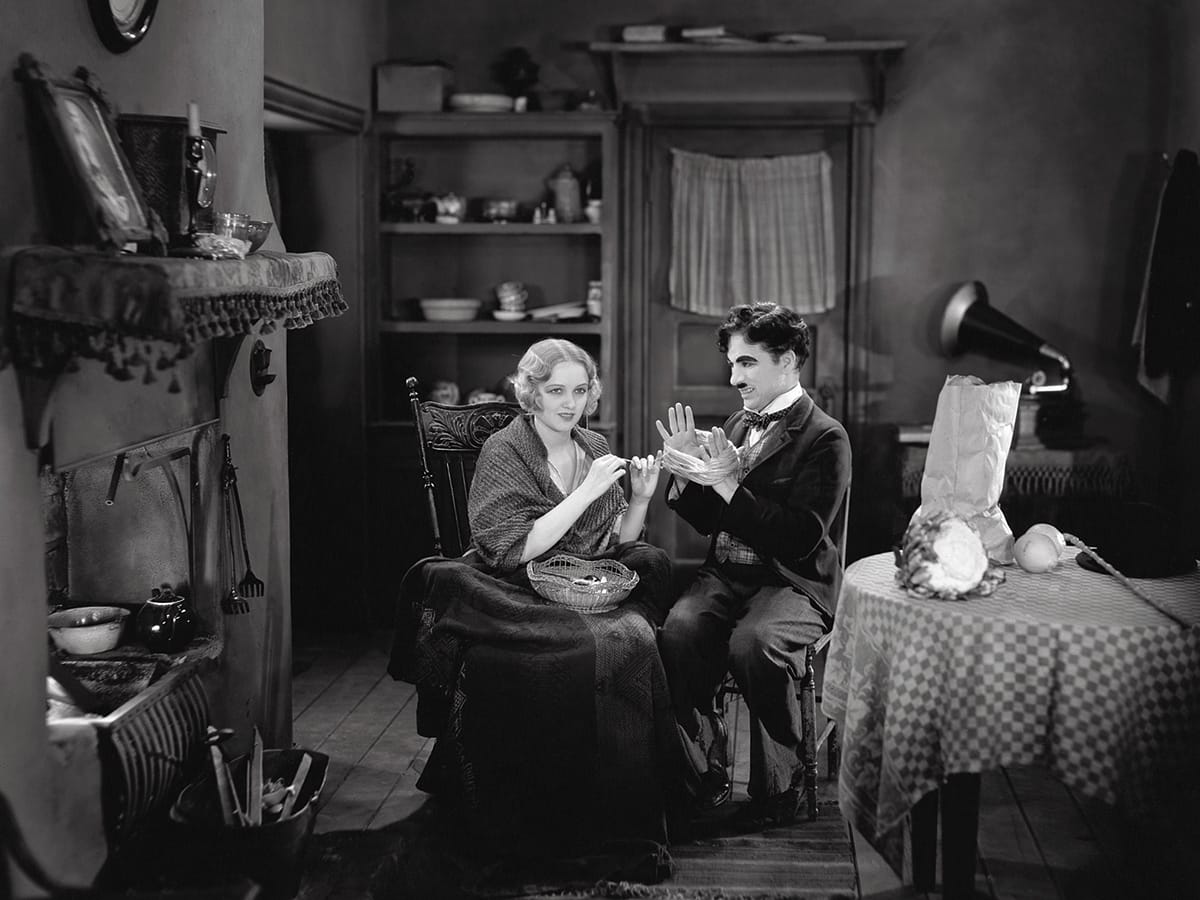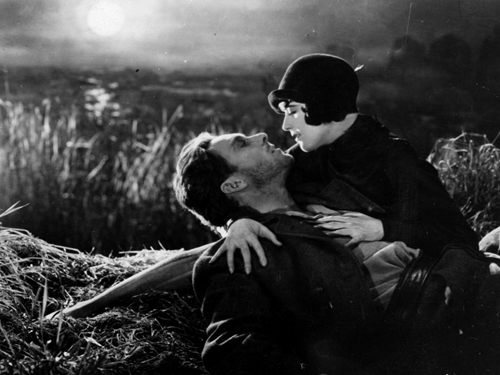Week 37/2024
This week’s agenda singles out three city films. Avila, present! starts its fall tour with Seagulls Die in the Harbour [Meeuwen sterven in de haven]. Ciné Mangiare shows Chaplin’s City Lights in open air. Monokino’s SHHH festival concludes with F.W. Murnau’s Sunrise: A Song of Two Humans. All three films capture part of the essence of urban life. Yet Sunrise and City Lights take place in invented cities built in LA studios, while Seagulls, shot around the Antwerp harbour, is grounded in its location. Nevertheless, the Belgian pioneering film professor André Vandenbunder argued that the use of the city in Seagulls is closer to that of the romanticized Rome in Roman Holiday (1953) than to Roberto Rossellini’s Rome, Open City (1945). In Vandenbunder’s view, the actual city of Antwerp doesn’t play along. It’s as if it’s only seen through the perspective of the Belgian documentary school because nothing really happens on those streets, docks or market squares.
In all three films, a protagonist-with-no-name is attracted to a city woman. In Seagulls, he has murdered his unfaithful wife. In Sunrise, the adulterous man thinks he has drowned his spouse. Meanwhile in City Lights, the man saves the woman by rescuing someone from drowning himself. The latter’s famous waterfront set, reminiscent of the Thames embankment, is one of the many decors based on Chaplin’s London childhood. Although City Lights was originally set in Paris, the critic Robert Sherwood noted its “confusing resemblances to London, LA, Naples and Tangiers,” concluding that “it’s no city on earth and it is all cities.” Sunrise’s introductory intertitle rings true: “This song of the Man and his Wife is of no place and every place; you might hear it anywhere, at any time. For wherever the sun rises and sets… in the city’s turmoil or under the open sky on the farm, life is much the same; sometimes bitter, sometimes sweet.”




